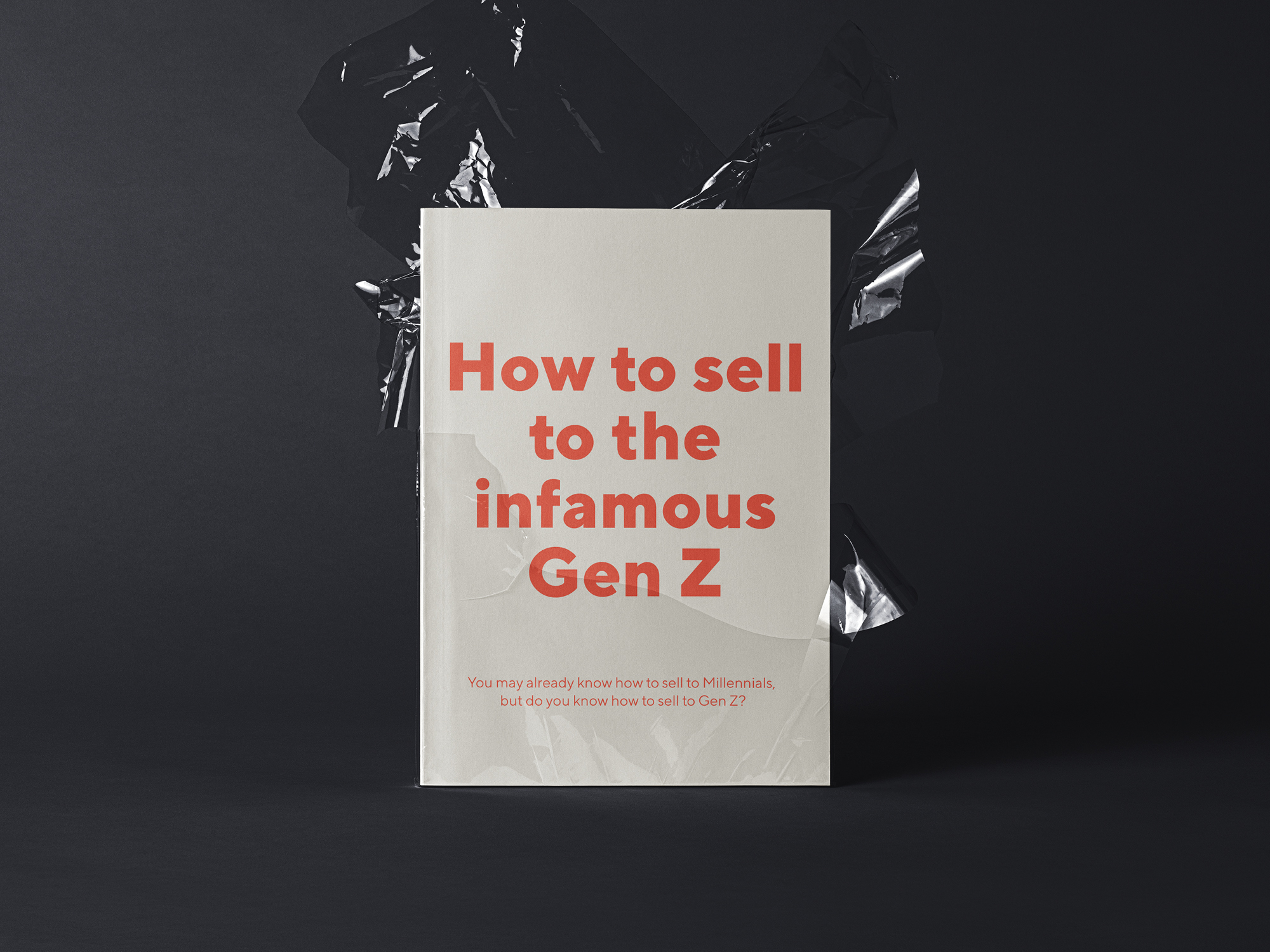How to sell to the infamous Gen Z
Before you can sell to Gen Z, you have to know what – or who – that is.
It’s me. Aaliyah, the copywriter here at The Pencil Box. I’m part of the generation of people born between 1995 and 2015. I’m often mistaken for being a Millennial, but Millennials are the generation born between 1980 and 1994. (Let me guess: you just found out that you’re a Millennial, right?)
Despite many similarities, these two generations are not the same. Many older Millennials, who’ve just turned 40, have settled down and are making large purchases like cars and property. The youngest Gen Zers, on the other hand, haven’t even started Grade 1. Our attitudes towards technology, politics, trends and money are very different.
When it comes to creating marketing strategies targeted at these two groups, it’s best to come up with two different strategies. You might already know how to sell to Millennials, but do you know how to sell to Gen Z?
Here are a few tips to guide you:
- Sell the experience, not the product.
Gen Zers aren’t interested in hard sells. We prefer to learn about products through social media-based content and influencer marketing. While Millennials generally respond to a variety of promotional strategies, including traditional online ads, software company Hubspot found that 87% of Gen Zers prefer ads or marketing content that shows actual people discussing products – and, more importantly, discussing their experience with products.
Gen Z wants to know how your product benefits them and what experience your product will bring them. That’s why you need to focus on content that feels more informative and less like an ad. In fact, my generation has been known to actively reject traditional advertising tactics. Personally, I skip video ads as quickly as possible. Many of my friends have downloaded ad blockers onto their devices.
- We like short videos.
According to Hubspot, Millennials will pay attention to content for 12 seconds, while Gen Z will only stay focused on it for eight. You may think that’s a bad thing but in reality, it’s a filter that we’ve developed as a result of growing up constantly bombarded by information. So when you’re marketing to Gen Z, you need to get your value proposition out as quickly as possible. Your content must quickly cut to the chase and explain why your product will provide a valuable experience. The best way to do this is through short-form video content – as has been proven by the growing popularity of TikTok. Video content is key. It’s the best way to sell an experience.
- Show us your purpose.
We want to know that you don’t only care about money. The typical Gen Zer is very clued up on environmental, political and socio-economic issues. According to a study by The National Retail Federation and IBM, Gen Z is more serious about these issues than any other generation, and it shows in their spending: 55% of Gen Z choose brands that are eco-friendly and socially responsible.
We’re seeing this in the Black Lives Matter movement. Gen Z wants to know that the brands we support are socially aware and responsible. So let the world know how you’re making a difference.
- Optimise for mobile.
Gen Z has repeatedly reported that they are more likely to make mobile purchases. While both Millennials and Gen Zers are heavily connected and reliant on the Internet and social media, Millennials spend around 7.5 hours a day online while Gen Z is connected for almost 10. According to Google, Gen Z prefers shopping online in general, with the primary reason being convenience.
What does this mean for you? Your site and content need to be optimised for mobile devices. Use a simple website theme, simplify our checkout process and create content with mobile devices in mind. (Like, for example, vertical videos.)
- Cater to the pragmatist.
It might be surprising (and my mother definitely wouldn’t agree with this), but Gen Z is more pragmatic when it comes to spending. Research from multiple sources, including Vice, Insider and Adobe, has found that Gen Z aims to spend money more pragmatically than previous generations. Some analysts suggest that Gen Z’s saving approach is rooted in budgeting lessons that the generation learned from the mistakes of generations before them. In fact, my generation does less online shopping than Millennials.
However, while Gen Z buys less online, they expect more added service from a brand when they do make purchases. For example, HubSpot says that 80% of Gen Z values free delivery and 74% prefer brands that give out discounts or coupons than they do other businesses. That means that in order to persuade us, you need to think deeply about how you’re going to show us that your product will help us, and why it’s worth our money.
Gen Z may seem like a difficult bunch to please, but our spending power makes the effort worth your while. Still not so sure how to market to this new generation? Pop us an email to find out how we can help: info@thepencilbox.co.za.

